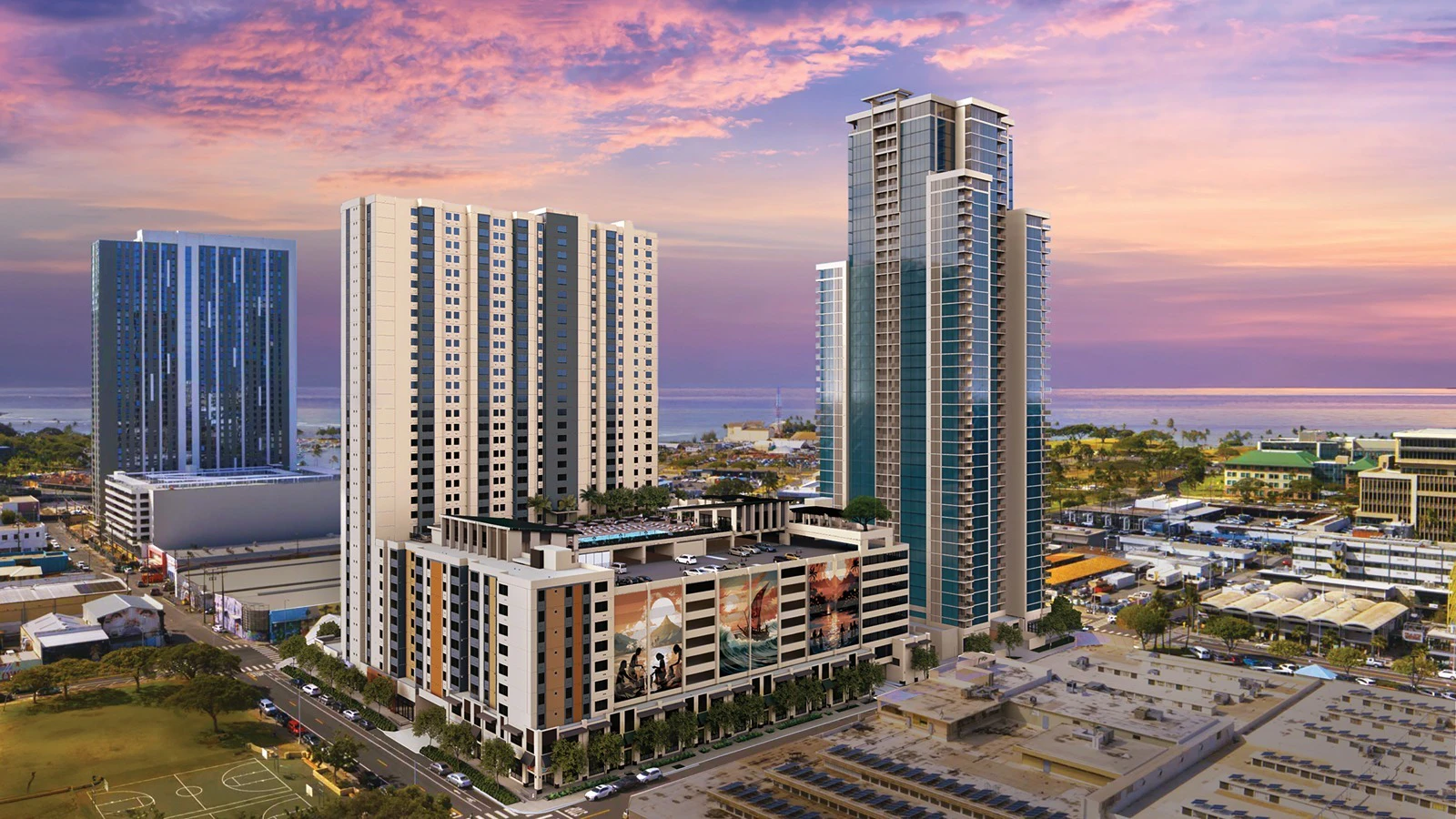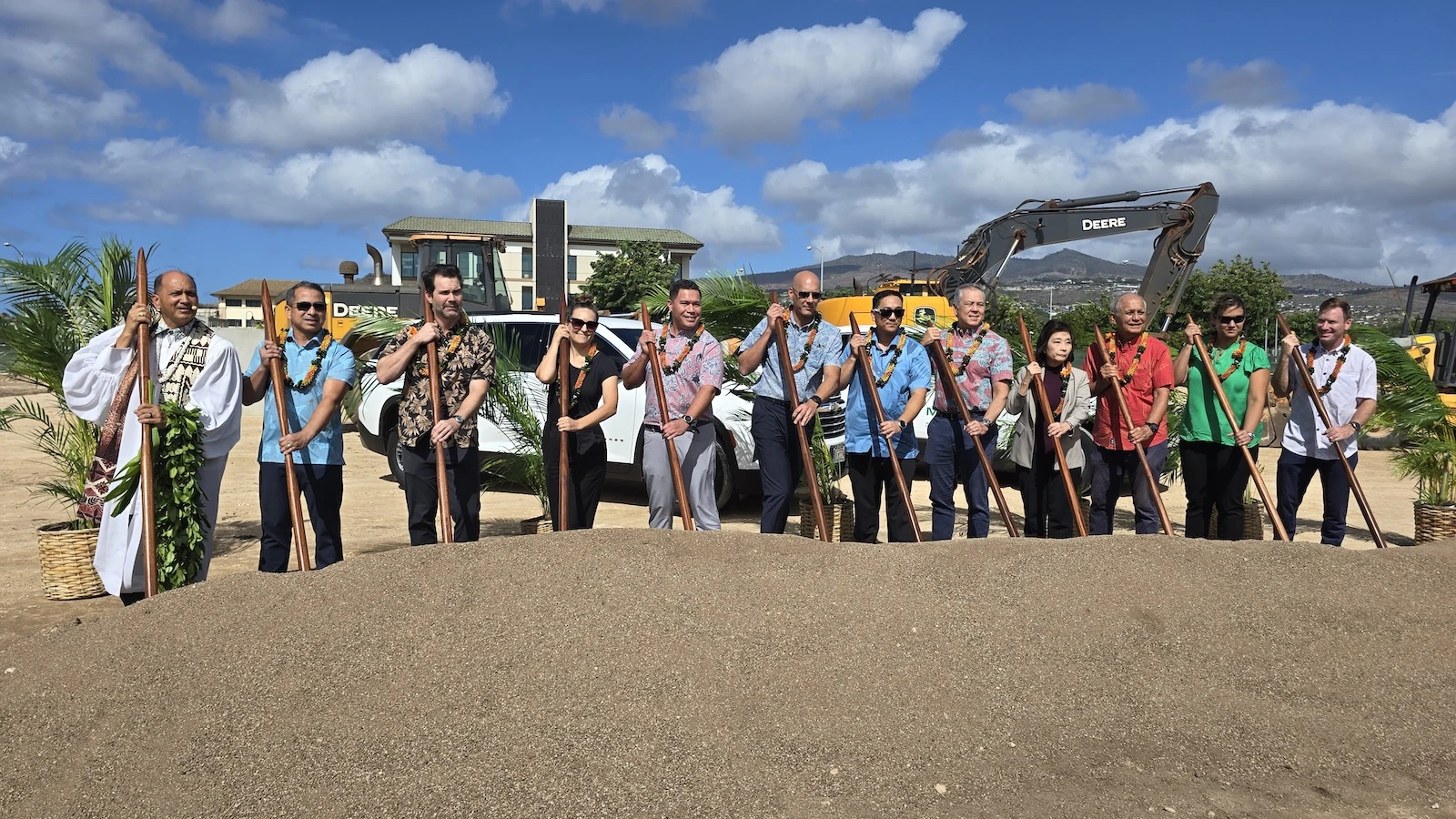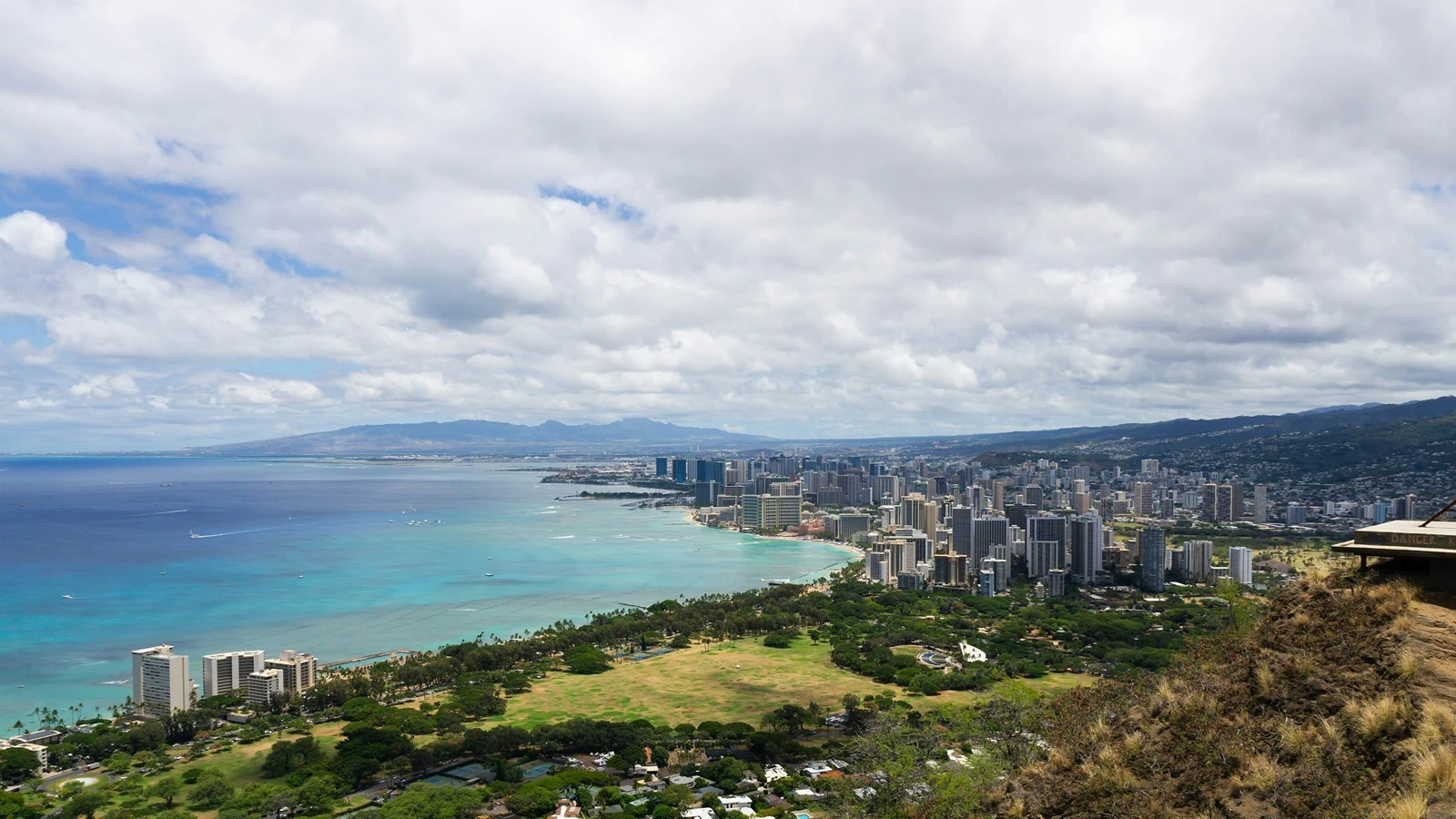In news that's probably not shocking to anyone who lives here, housing in Hawai‘i continues to face hurdles.
The University of Hawai‘i Economic Research Organization this week published its Hawai‘i Housing Factbook 2025, the third edition of an annual report analyzing the state's housing market.
The gist? Home prices are high. Housing production is slow. There are several obstacles in way of creating new homes. And the shifting U.S. home insurance market is driving up costs, resulting in higher home owner association fees and further reduced affordability. Some areas, though, are showing glimmers of betterment.
"The data in this report reflect a challenging housing landscape, though there are indications of moderate improvements," the report notes.
Here are some of the key takeaways from the report, which can be found online here, and its authors:
— Most Hawai‘i households are unable to afford a mortgage for a single-family home at the median price of $950,000. Less than a quarter of households were able to do so in 2024.
"Affordability is still an enormous challenge, obviously, everywhere in the state," UHERO Associate Professor Justin Tyndall, who helped author the report, said during a news conference Wednesday. "[The] single-family home market over the past year, it's probably the least affordable it's ever been."
In 2024, the median price for a single-family home was about 6% higher than 2023 — and interest rates remain high, the report noted.
"This means single-family homes are extremely unaffordable for the majority of people," Tyndall said. "We find about only one in four people would have the income necessary to purchase a new home and carry that mortgage."
UHERO said that in 2024, a household would need to earn 190% of the state median income — about $187,000 — to afford a mortgage on a single-family home at the median price. In this situation, afford means spending no more than 30% of your gross income on mortgage payments.
— By contrast, condominium prices declined slightly last year.
The median price for a condo was $600,000 in 2024, 6% lower than the previous year. UHERO said, though, that rising HOA fees may offset that gain.
According to UHERO, disruptions to the condo insurance market "made condo mortgages more difficult to secure," which dampened the demand. Meanwhile, more condos available in Honolulu, including many sold below market price through affordable housing programs, "helped contain price growth."
Tyndall said lower prices meant more people are able to afford a condominium.
"If we look over the last year, we're sort of in a better place than we were," he said. "There's more people out there who would be able to afford that first condominium than there were a year ago, because prices are down a little bit."
— UHERO noted in the report that "insurance premiums have been rising in response to an increase in catastrophic events."
After the August 2023 wild fires on Maui — which ravaged parts of the island and destroyed much of Lahaina — there was a "noticeable rise in insurance premiums" in Hawai‘i. A major provider has even left state entirely.
Owners of both single-family homes and condos saw rates increase, but UHERO noted that condominium owners faced bigger hikes.
These higher premiums have led to higher HOA fees.
— Rents have been "remarkably stable over the past decade," Tyndall said. The affordability of the rental market is "quite bad," but he noted that it hasn't "deteriorated so much recently."
Rents have grown, but at a slower pace than national average, UHERO noted.
Hawai‘i previously had the highest median rent in the U.S., but now ranks second behind California.
— UHERO said the pace of new housing construction remains historically low and permitting times remain long, but some initiatives, like the Hawai‘i Public Housing Authority's Ka Lei Momi project, which aims to create more than 10,000 housing units across the state, and transit-oriented development around Honolulu's Skyline rail, aim to expand housing supply.
— What will it take to get Hawai‘i out of its affordability crisis?
Tyndall said year's report offers "the first signs that some of these initiatives to build particularly multi-family housing are paying some dividends in terms of affordability."
"Honolulu and the Big Island have been successful in at least marginally increasing housing supply and those counties have had lower rent growth than Kaua‘i and Maui, who haven't increased housing supply," he said. "I think that gives some proof that the increase in housing supply would improve affordability. But the bottom line is that housing is still way too unaffordable across all the counties, and this is an enormous challenge for people. I think we have a lot of policies to produce more housing that would help affordability, but if we wanted to get to a point where housing is much more affordable, we would need to build a lot more housing."
— What's does all this mean for you? Aloha State Daily asked.
There are data points now suggesting that more housing has had an impact on general affordability, Tyndall said.
He said people should pay attention to policies seeking to build more housing.
"If there's not the political pressure to get housing built, it probably won't get built," he said. "I think that attention to the processes that we [need] to get housing built are very important if people are concerned about affordability or affordability for their children. Going forward, we really need to build more housing and we have some tools to do that, if people are willing to stay engaged and make sure these projects and programs are implemented."
UHERO also has a Hawai‘i Housing Dashboard that includes reports, an inventory of subsidized housing projects, and market data for neighborhoods across the Islands.
Stephanie Salmons can be reached at stephanie@alohastatedaily.com.





